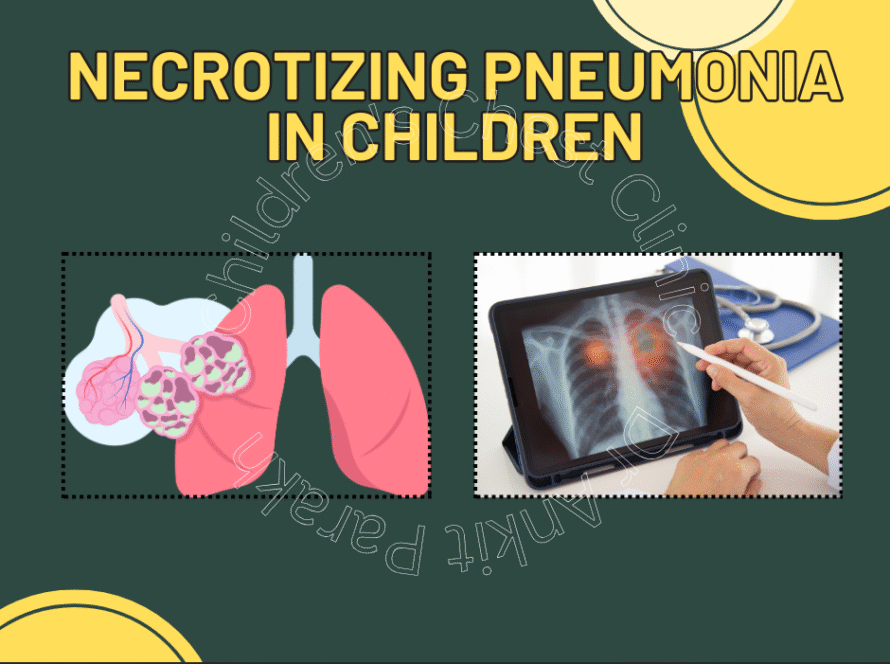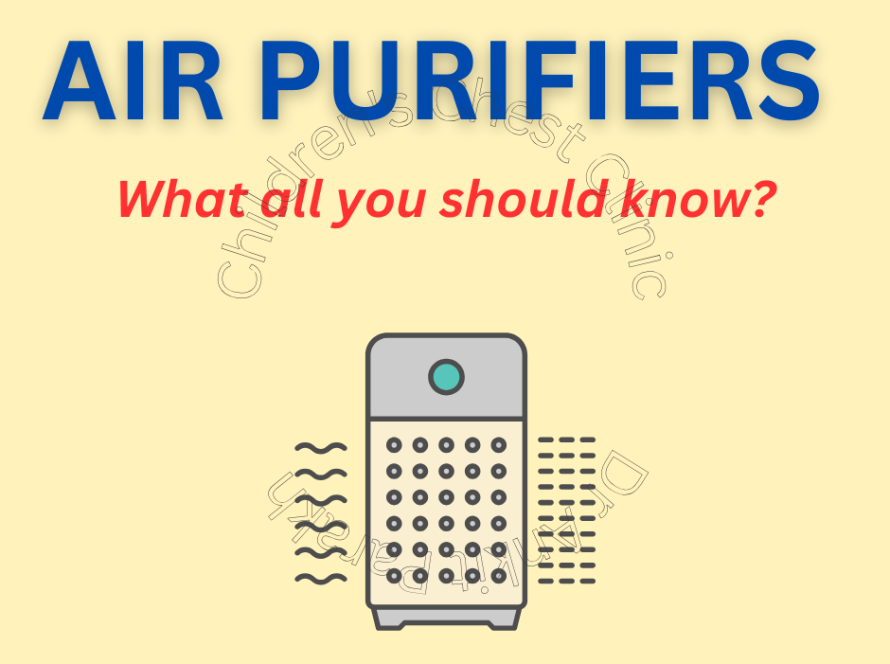Tracheomalacia is a condition that happens where the walls of a child’s trachea or windpipe are weak and floppy. This leads to walls of the windpipe of the child to collapse leading to many respiratory problems. In some children with tracheomalacia, the whole windpipe can be affected, while others only a short part of the wide pipe can be involved. This article will talk about the causes of tracheomalacia, its symptoms, diagnosis and treatment.
What are the causes of tracheomalacia in children?
Tracheomalacia is usually congenital, which means that the child was born with tracheomalacia. Children who have congenital Cricket Malays tracheomalacia is associated with weakness of the larynx or laryngomalacia. In some children tracheomalacia can be associated with the weakness of the bronchi known as bronchomalacia. The other types of tracheomalacia occur due to external compression on the windpipe. The most common cause of compression to the trachea is a blood vessel that crosses too closely to the windpipe and compresses on the walls. Tracheomalacia can also sometimes happen after a child has been on a ventilator for long. Children with tracheomalacia may have other congenital abnormalities such as heart defects, esophageal abnormalities, trachea-esophageal fistula and gastroesophageal reflux (GERD).

What are the symptoms of tracheomalacia in children?
The symptoms of tracheomalacia can be variable, ranging in severity from, from mild to life-threatening. In almost all children symptoms of tracheomalacia start in the first three months of life. The most common symptoms of tracheomalacia are persistent cough, noisy breathing, stridor, wheezing (a whistling sound from the chest), and frequent chest infections. Many babies would get sick with breathing difficulty and get frequent hospital admissions. In some babies breathing problems get worse with crying, feeding, or upper respiratory infections. Since the symptoms of tracheomalacia mimic other common respiratory problems it is not thought of leading to a delay in diagnosis.
How do we make a diagnosis of tracheomalacia in children?
Tracheomalacia in children can be suspected based on the case history and physical examination findings as detailed above. The diagnosis of tracheomalacia can be confirmed with the flexible bronchoscopy under minimal sedation or anaesthesia. During a flexible bronchoscopy when the trachea is examined it is seen to collapse during phases (Inspiration and expiration). Flexible bronchoscopy also helps to confirm the degree of tracheomalacia and the site of tracheomalacia (whether it happens in one part of the windpipe or throughout). Occasionally, to make a diagnosis of tracheomalacia a bronchogram is done where a small amount of dye is installed into the trachea and it is directly visualised during a fluoroscopy.
What treatment options are available for tracheomalacia in children?
Most often, symptoms of tracheomalacia improve on its own as a child grows older as the tracheal cartilage gets stronger. Tracheomalacia most often goes away (especially in mild to moderate cases) by the age of 18-24 months. Careful follow up with feeding advice, treatment for reflux and antibiotics for infections is necessary. Babies with moderate to severe tracheomalacia require respiratory support in the form of a CPAP used with a nasal mask or optiflow. This might be needed for a few months as weaned away as the child grows older. In children with severe tracheomalacia which seems to be not improving with time and having troublesome symptoms surgical treatment is required. Tracheopexy is the standard surgical procedure for tracheomalacia.
In case your child is having noisy breathing, stridor or persistent wheezing, recurrent respiratory problems, repeated hospital admission with respiratory problems, the child might be having tracheomalacia. You need to get in touch with the child pulmonologist for proper evaluation and treatment.






